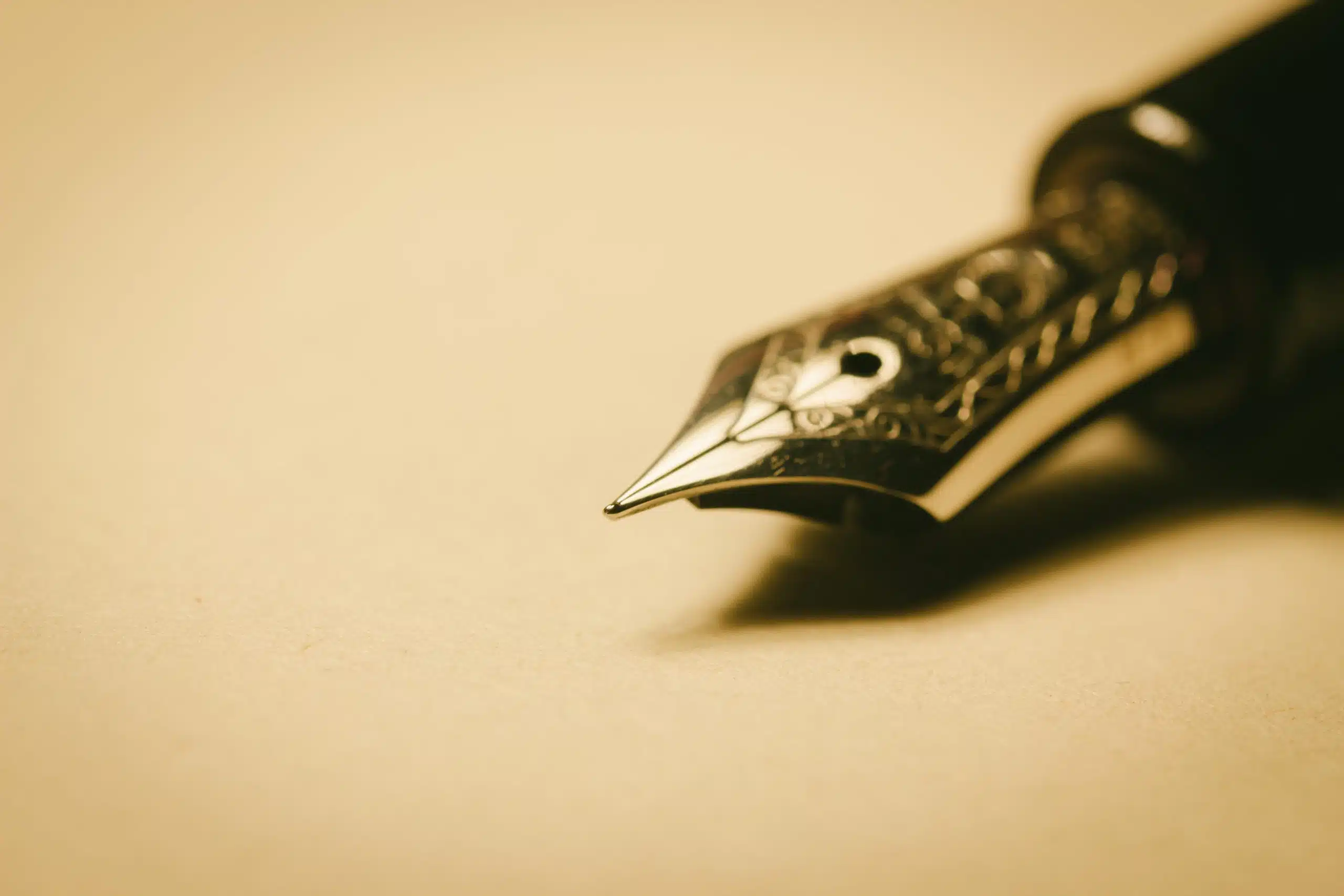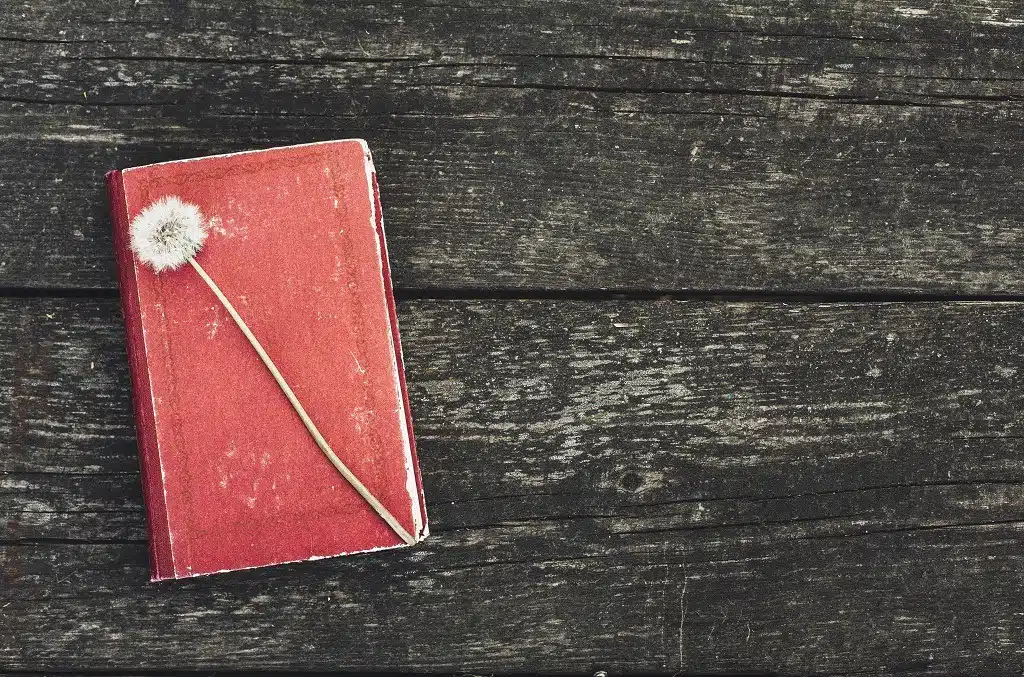Here’s what the Epigram poetry form is:
An epigram is a brief poem or saying often with a witty, amusing thought at the end.
Epigrams usually rhymed with themes that are either satirical or comedic.
So if you want to learn all about the Epigram poetry type, then you’ve come to the right place.
Keep reading!

Forms of Poetry: The Epigram

An epigram is a brief witty remark or poem.
The line between poem and phrase can be fairly blurred here, but the word did have its origins as a form of classical poetry.
On the one hand, you could argue that any short set of words meant for consumption as a creative medium is therefore a poem.
Indeed, many epigrams are written expressly to be poems or to be part of a poem.
However, many epigrams are only written specifically to be witty, with no poetic intent.
If an epigram appears in the middle of a speech, for example, then surely it shouldn’t count as a poem.
The problem arises when an epigram is presented by itself with no context.
At this point, it could be seen as a poem, prose, or neither.
Basic Properties of an Epigram

| Rhyme Structure | Varies, usually rhymed |
| Meter | Varies |
| Origin | Ancient Greece |
| Popularity | Most popular in ancient Greece and Rome; experienced a small resurgence in the 17th century |
| Theme | Usually satirical or comedic (in the modern era) |
How Are Epigrams Structured?

While an epigram has no fixed structure in the modern era, rhyme is often expected.
Rhyme lends itself well to poems with dramatic turns or satirical elements, since the extra emphasis on the ending of each line lends itself well to a memorable punchline.
Aside from that, the core of an epigram is largely and chiefly in its sharpness.
Epigrams tend to focus on a singular point that is explicitly stated, to the exclusion of all other arguments or perspectives.
Epigrams are not usually written to be deep or insightful, though they may be.
The objective is usually to entertain.
While epigrams may not have layer after layer of meanings to sift through, they may be very successful in pointing out something that the writer feels should be obvious.
Their brevity and no-nonsense delivery make it easy to assert through style and structure that the point of the poem is something the reader should accept instantly.
A proper epigram leaves little room for debate.
History of Epigrams

The original epigrams of ancient Greece were quite distinct from modern epigrams.
They were difficult to distinguish from elegy, in some cases, which also describes a much broader range of poetry in the classical era.
Epigrams of Greece were typically inscribed into memorials or monuments.
They could be significantly longer than modern epigrams but were usually less than ten lines unless they were meant for the general public.
It was in Hellenistic times that epigrams started to traditionally have a punchline or twist, becoming more about showcasing wit, especially in the final line.
This was not a norm, however.
While this was where it began to enter the term, epigrams were a broad genre at the time.
Rome twisted the epigram for a new purpose.
Latin epigrams tended to be much more satirical than their Greek counterparts and even appeared as graffiti.
A wide array of obscene or offensive epigrams were written as well, as the epigrams became more associated with comedic intent.
This was also where epigrams moved away from the tradition of inscription.
Latin epigrams were meant to entertain and were written with publication in mind, or as commissions.

The Latin poet Martial represents the most significant shift of the epigram.
His epigrams were almost exclusively satirical, heavily relying on punchlines as a trademark of his writing.
His influence drastically changed the history of epigrams.
Early English literature adopted epigrams in the form of couplets.
These would typically appear as an element in longer poems, such as in English sonnets, but a couplet by itself (or a poem comprised entirely of couplets) would often end up retaining the Latin tradition of comedy.
When epigrams appeared by themselves they would often be untitled.
While a couplet does still qualify as a short poem, they were often presented simply for entertainment and were rarely thought of as an art form requiring their own identifying labels.
The modern definition of epigram is still a bit vague, despite the long-standing history of the term.
Most poets do agree, however, that the defining features of an epigram are, as Giulio Cesare asserted long ago, sharpness and brevity.
Example of an Epigram

by John Dryden
Here lies my wife: here let her lie!
Now she’s at rest – and so am I.
John Dryden was an English writer from the late 17th century, whose fame eclipsed many other writers of his time.
Above we see an excellent example of the era’s epigrams, showcasing exactly the qualities you might expect from a 17th-century epigram.
Rhyming couplets with quick comedic twists like the one above were typical of the form.
This may simply be because rhymed couplets lend themselves well to the epigram, but the continued evolution of the epigram toward comedic purpose is evident throughout the era.
Tips for Writing an Epigram

Knowing your point and knowing your audience are both critical to writing a successful epigram.
What is the most clever, insightful way to showcase your point?
What comparison can you make that makes the point seem glaringly obvious?
A successful epigram uses its punchline to bring attention to a topic with enough punch to leave a lasting impact on the reader.
Even if the only impact it leaves is that the reader finds it entertaining, this may still lead them to share it with others.
This is one of the strengths of an epigram.
A clever epigram can leak into a culture through repetition until it transitions from a ‘funny little poem’ to a statement of common sense.
Alternatively, the comedy of the poem can be the point, as is the case with Dryden’s couplet.
Whether your intent is satirical or purely comedic, knowing what your audience does and does not find funny will be critical.
A room full of staunch, elderly conservatives would likely not find an obscene joke about abortion entertaining, as an example.
There are topics your target demographic does and does not want to hear about.
While comedians are often given a pass to say things that they couldn’t normally get away with, your goal should be to entertain, not offend.
Remember that writing something offensive just for the sake of writing something offensive is not comedy, at least for most demographics.
If the offensive statement attempts to make a relevant point about society, then it can be worthwhile.
Poet’s Note

An epigram is almost more of a punchline than a poem, but it could be seen as a healthy middle ground between the two.
They’re also exhausting to come up with consecutively, in case you were wondering.
Comprehensive Collection of Poetry Forms: Craft Words Into Art

Dare to traverse the entire spectrum of poetic forms, from the commonplace to the extraordinary?
Venture from the quintessential Sonnet to the elusive Mistress Bradstreet stanza, right through to the daunting complexity of Cro Cumaisc Etir Casbairdni Ocus Lethrannaigecht.
For those with a zeal to encounter the full breadth of poetry’s forms, this invitation is yours.
Start exploring the vast universe of poetic ingenuity with our comprehensive array of poetry forms right now!
